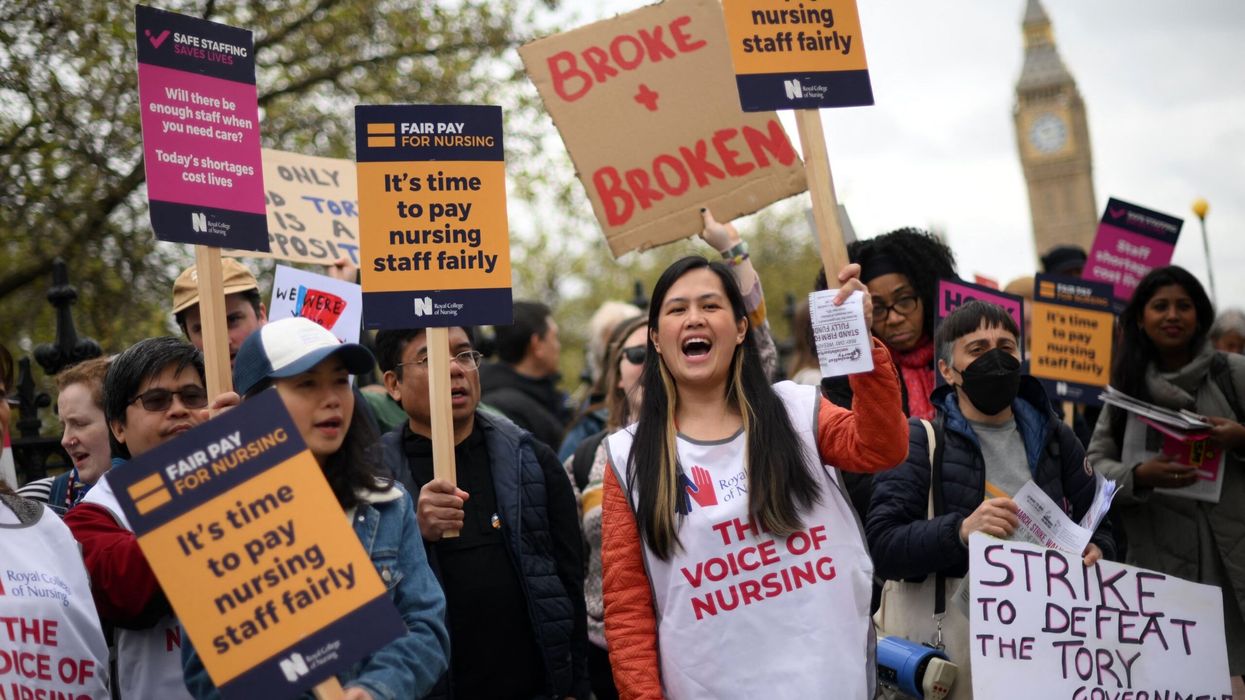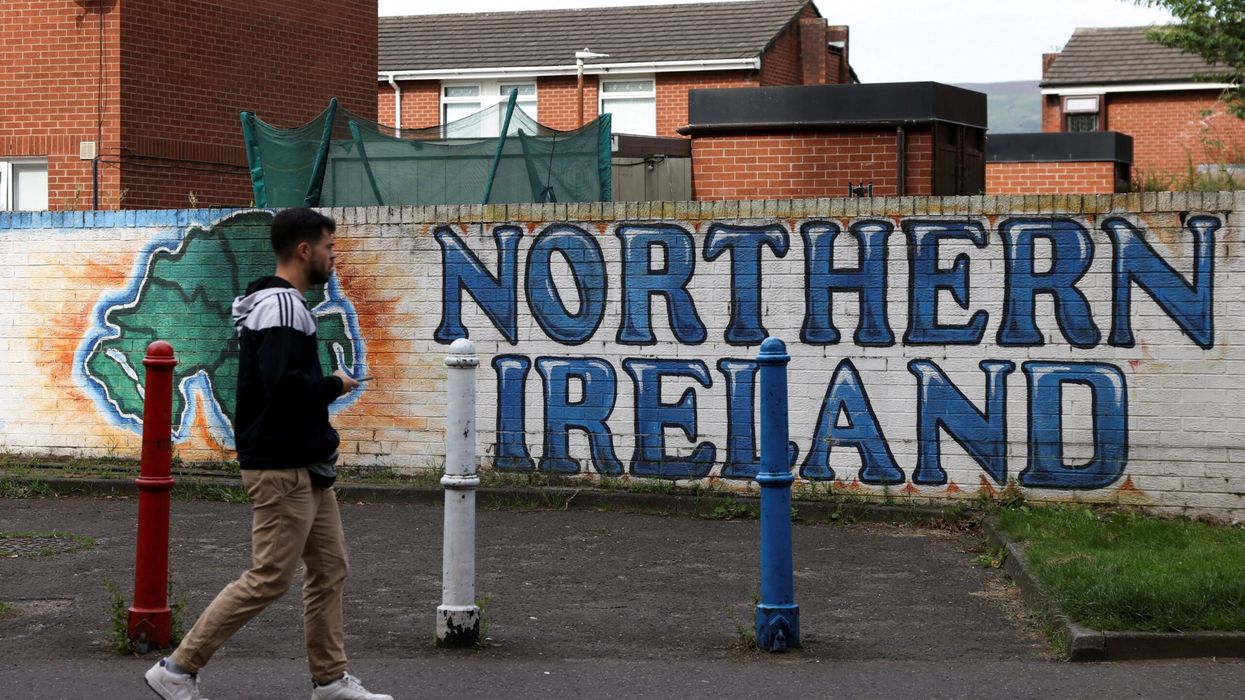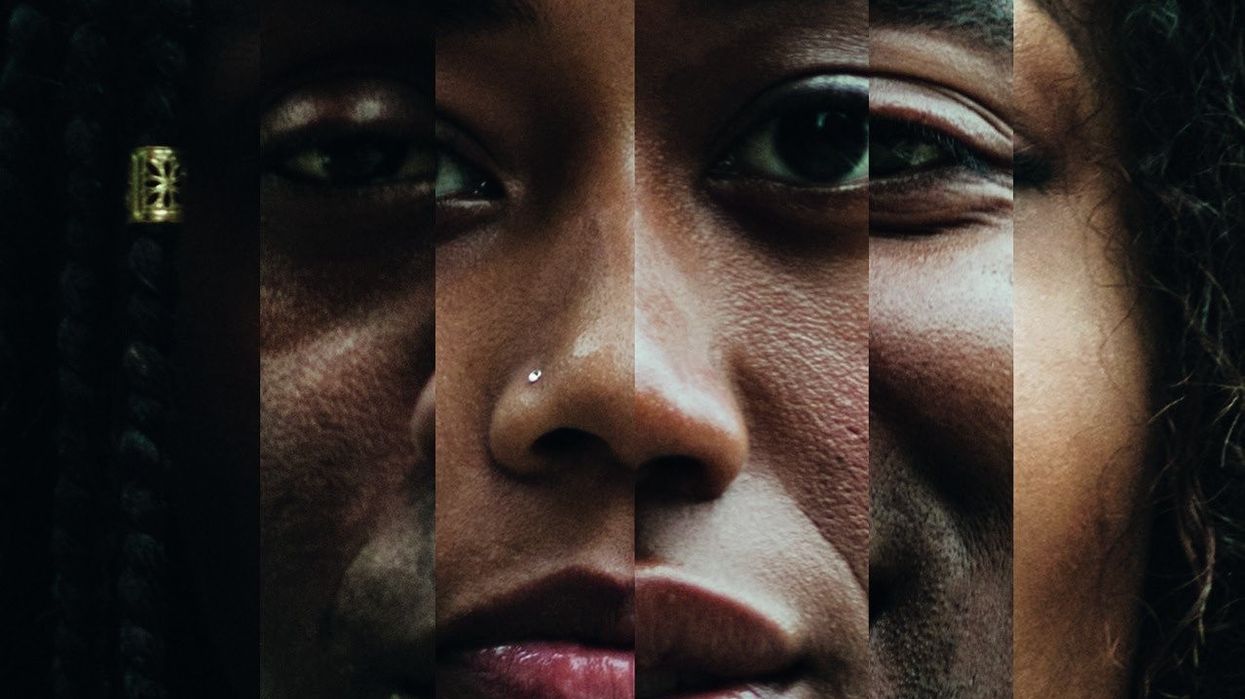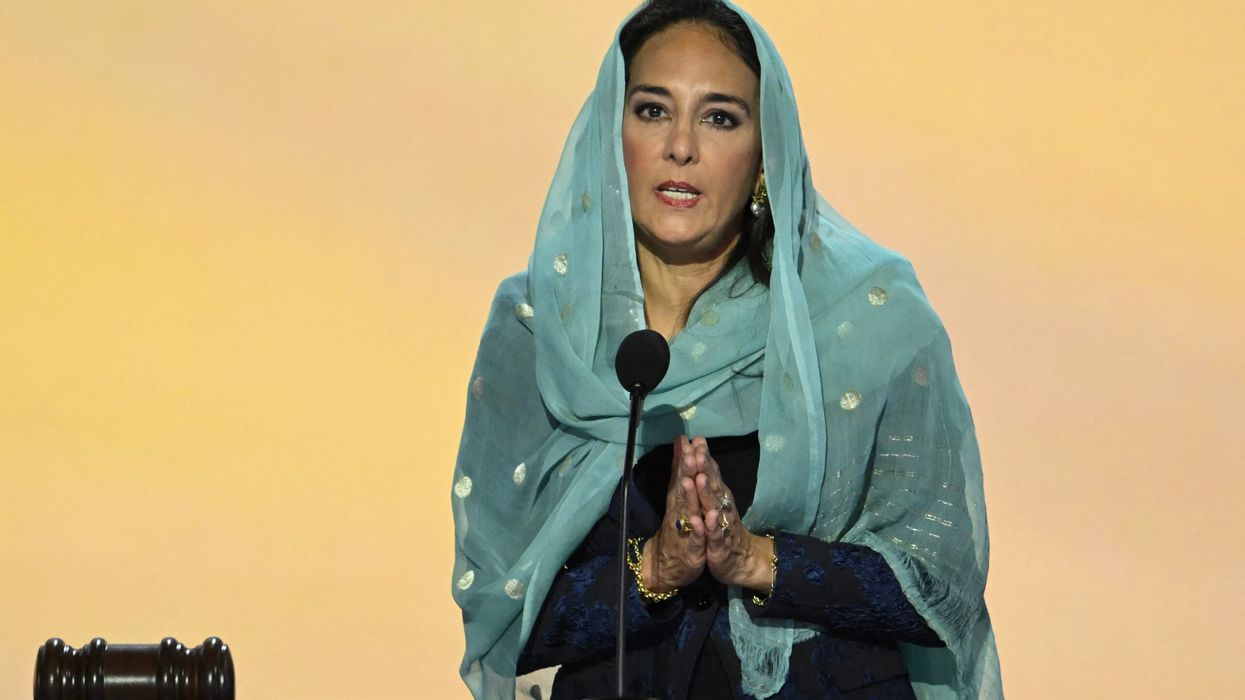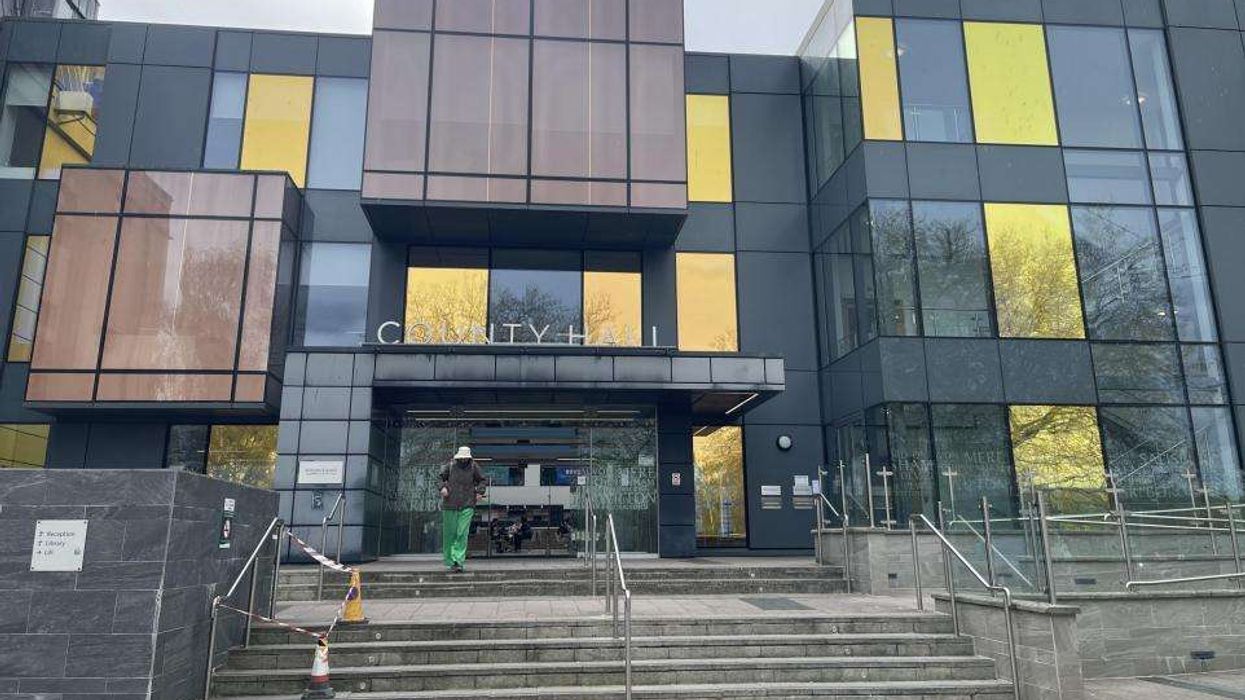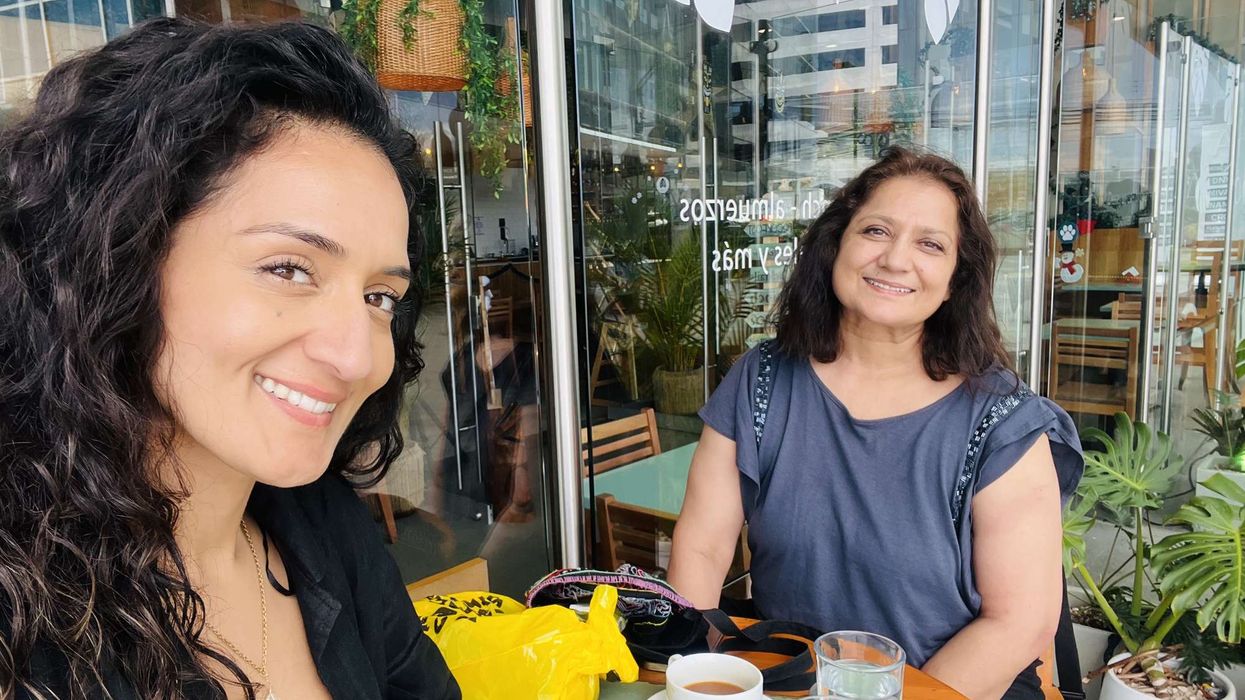by NADEEM BADSHAH
MORE British Asians are studying art and design courses at university, but business degrees are still top of the class, figures show.
The number of students of south Asian origin doing creative courses reached 6,480 in 2017-18 compared to 6,300 in 2016-17 and 5,975 the previous year.
Those opting for business and administrative studies rose to 33,940 in 2017-18 from 32,560 in the previous 12 months, while the number of students opting to do subjects related to medicine were also up at 32,750 last year from 31,705 in 2016-17, data from the Higher Education Statistics Agency showed.
But while the figure for those studying veterinary science and agriculture remains low, the rise in other non-traditional subjects has been welcomed.
Sophie Leach, deputy general secretary at The National Society for Education in Art and Design, told Eastern Eye: “We believe the increase in British Asians studying for creative, arts and design qualifications reflects the demonstrable growth in the creative, media,
digital and technology industries.
“These industries are increasingly perceived as – and are – viable professional career routes,” Leach added. “The sector has more to do and must work hard to improve on a diverse talent pool. It is this diversity that brings both talent and creativity and will enable the UK’s creative industries to continue to thrive.”
Some prominent Asians in the arts are dancer and choreographer Akram Khan, actress and author Meera Syal, music producer Naughty Boy and sculptor Sir Anish Kapoor.
Am Golhar, founder of Abstract PR, said when she attended Central Saint Martin’s college in London 15 years ago, she was one of only two British-Asian women studying for a creative arts degree.
She told Eastern Eye: “I am grateful to see change occur for our next generation and
to see more acceptance and support from the British-Asian community.
“I feel this is partially because there had been such a stigma [against the arts] for generations ... and that being a doctor, accountant, lawyer or something non creative would provide you with a huge salary and acceptance of the community.
“But as time has passed, there is an acceptance and openness from individuals and families to see that the creative industry is, in fact, a safe place where you can be successful. I feel social media has played a huge role [in this].
“There are more British-Asian individuals being celebrated, showcasing their successes and journeys as well as more British Asians being seen in the media.”
However, business degrees remain the most popular among students of south Asian origin. It marks a shift, with many entrepreneurs in the 1970s leaving school early without any qualifications, such as former Dragons’ Den investor James Caan, to launch their own firms.
Professor Sunitha Narendran said Roehampton Business School at the University of Roehampton in London, where she works, has seen an increase in the proportion of British-Asian students enrolling in courses in recent years.
She said: “A large majority of British-Asian students at Roehampton Business School are also commuter students, often living in the parental home. In my conversations with them, a recurrent theme is about finding a ‘respectable job’.
“The nature of the influence of family is acknowledged via references to the norms, values and expectations of their ‘culture’, alongside close and enduring relationships with their families.”
Professor Narendran added that students often want to begin their career on a graduate training programme in a major private sector organisation seen as offering better pay,
benefits and prospects.
“For some students, pursuing business studies also presents opportunities for self-employment or working in the family business if there was an option to do so.
“For British Asians, a good vocational education such as business studies is associated with many benefits – it is aligned with respect for parents who work hard to give them the opportunity to succeed, and also provides increased financial independence,” she added.
“Research that looks at university choices made by students from BAME backgrounds finds subjective interpretations of family aspirations and interests play a strong guiding role in choices made.”
